A well-maintained car looks fantastic as it rolls down the street or sits in your driveway. But it is even better to also clean things under the hood. That's why we've researched how to clean a pickup truck's engine and brought you the answer.
You can follow these simple steps to clean the engine block of your truck:
- Unplug the battery cables. To avoid a short circuit, unplug the negative battery cable first, then the positive cable.
- Keep the electrical components safe. This will help prevent them from being damaged and will keep you from being electrocuted.
- Scrub any caked-on filth, oil, or grease away with a wire-bristled brush or stiff-bristled brush. You might also use a scraper.
- Apply the degreaser to the whole engine block.
- Then, as directed on the product package, immerse the engine block for a few minutes to loosen the impurities. Use a stiff-bristled brush to clean them away.
- Apply a protective layer of lubricating oil to the engine block's inside and outer surfaces. This will help keep it from rusting.
- Before reconnecting the battery wires to the car's battery, thoroughly dry both the interior and exterior of the engine block. After drying it using an air compressor, reapply the lubricating oil.
- Ensure that there are no engine leaks. A U/V leak detecting kit can be used to check.
Stay with us as we cover what materials and tools you need to do the job. In addition, we'll also tackle the importance of cleaning your car's engine, its benefits, and how often should you do it. Furthermore, we'll also show you how to do an engine flush.
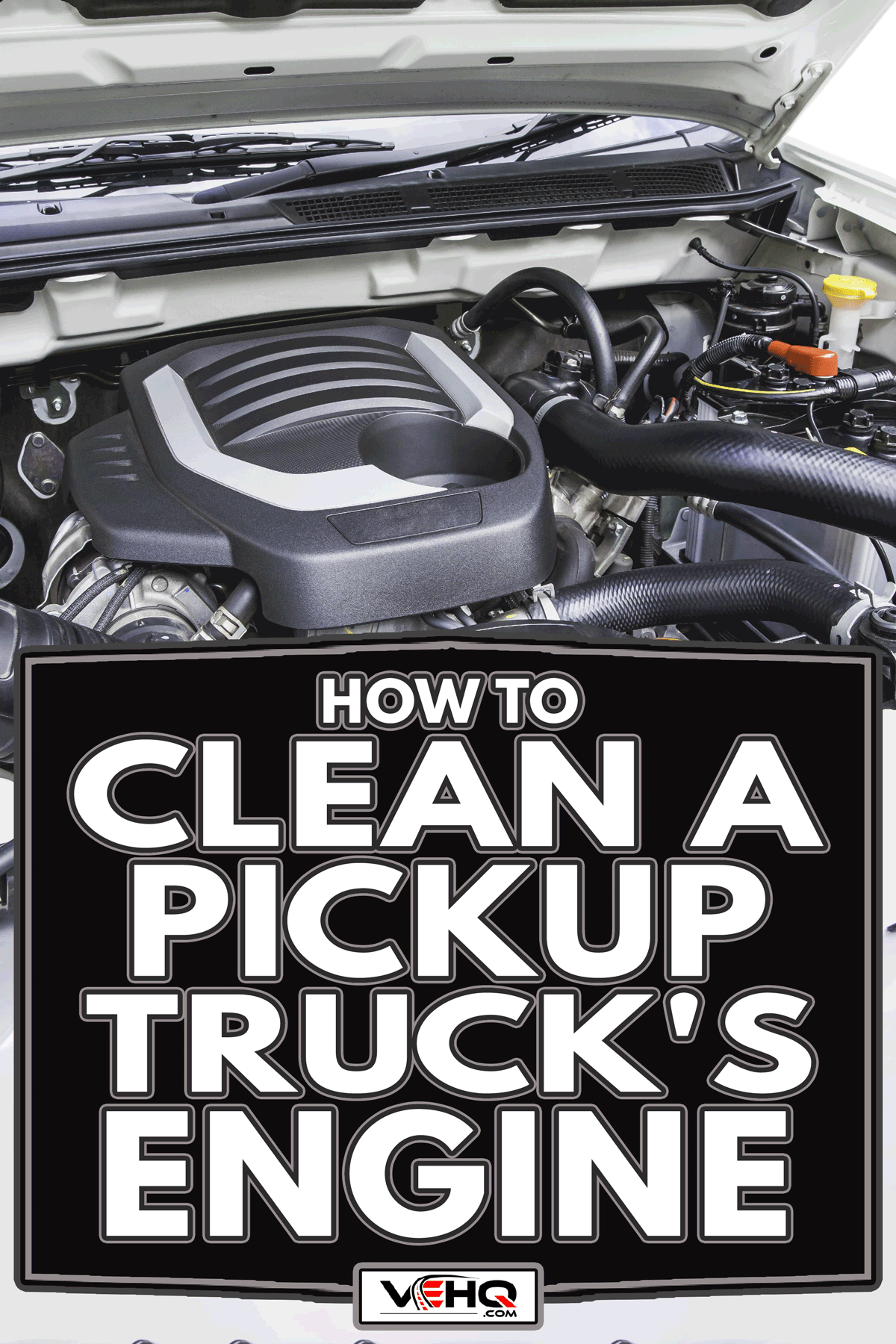
What Tools And Materials To Use In Engine Cleaning?
Before you proceed with the cleaning process, you must first make sure that you have these tools and materials ready:
- Plastic
- Wire-bristle brush/scraper
- Electrical tape
- Brake cleaner
- Stiff-bristled brush
- Degreaser or laundry soap and hot water
- Soft rags
- Water
- Hose with nozzles
- Small brushes
- Drain pan
- Air compressor
- UV leak detector
- Lubricating oil
How To Do An Engine Flush?
Engine flushing is used to remove contaminants from the engine in the form of deposits. Technicians use chemical additives in engine oil to dissolve sludge or carbon residues from old oil before replacing the old oil and oil filter.
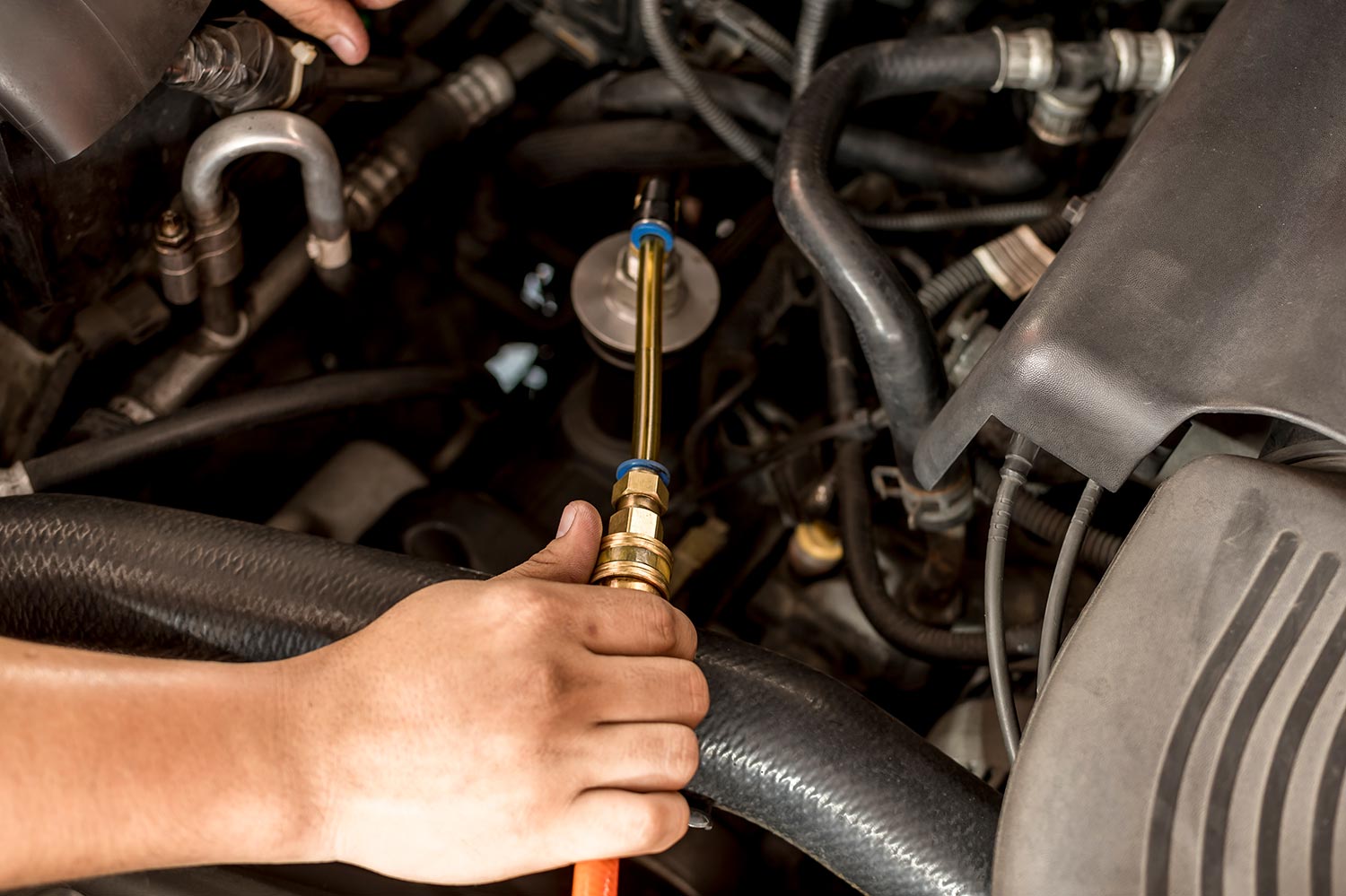
To do this, you must first gather the following materials:
- Car jacks or drive-on ramps
- Oil filter
- Engine flush
- Ratchet and socket set
- Drain pan
- Rag
- New engine oil
- U/V leak detector kit
Now that you've gathered everything you need, you can now proceed to do the engine flush. To do this, you must:
- Start the engine and get it up to its fullest operating temperature.
- Use a car jack or drive-on ramps to raise your vehicle. This can allow you to move and see better later on when working from underneath your car.
- Switch off the engine and then fill it with engine flush.
- Depending on how contaminated your engine is, you may need to run it for a few minutes. You can let it run for around 10 to 15 minutes before changing the oil.
- While your car's engine is still warm, change the oil. Allow the oil to drain into the drain pan by removing the drain cap. Some vehicles require the removal of the belly pan to access the drain plug, while others do not.
- Change the oil filter. If the vehicle has a cartridge oil filter, it can be replaced while the oil is being drained.
- Replace the drain stopper. Then, according to your vehicle's specifications, refill your engine oil.
- After refilling the engine, use a U/V leak detecting kit to inspect it for leaks.
- Reinstall the belly pan once you've finished cleaning and checking.
Why Is It Important To Clean Your Vehicle's Engine And What Are Its Benefits?
Sure, a clean engine looks nice, but that's only one of the reasons why you should do it. Here are a few reasons you might not have considered cleaning your engine and its compartment:
- It is easier to identify possible problems before they become serious issues. If your engine is filthy, you won't be able to tell if that minor fluid leak has been there for a long time or if it recently emerged. Clean engines make leaks, cracks, and other issues more visible.
- Allowing road salt and debris to collect can lead to corrosion.
- Remove any debris that could cause hot spots to form on the engine and its components, reducing its life expectancy.
- Prevent the accumulation of combustible materials on the road and in the garage, such as leaves or oil, which are fire threats.
- A clean engine is more pleasant to work on and inspect.
- A clean engine increases the resale value of a vehicle.
How Often Should You Clean Your Car's Engine?
There is no established timetable for cleaning your vehicle's engine. In reality, where you reside has a significant impact on how frequently you should clean your car engine.
If you live in a city or other metropolitan location with little to no road debris, you should try to clean your car engine at least twice a year.
If you live in a dry environment where enormous amounts of dust might develop in your engine bay, you should clean it every 3 months.
Alternatively, if you live in a region that receives a lot of rain or snow, cleaning the engine compartment every 2 months can be advantageous.
Tips In Maintaining Your Car's Engine?
Here are some engine maintenance techniques to keep your engine running longer:
Regularly Change Engine Oil
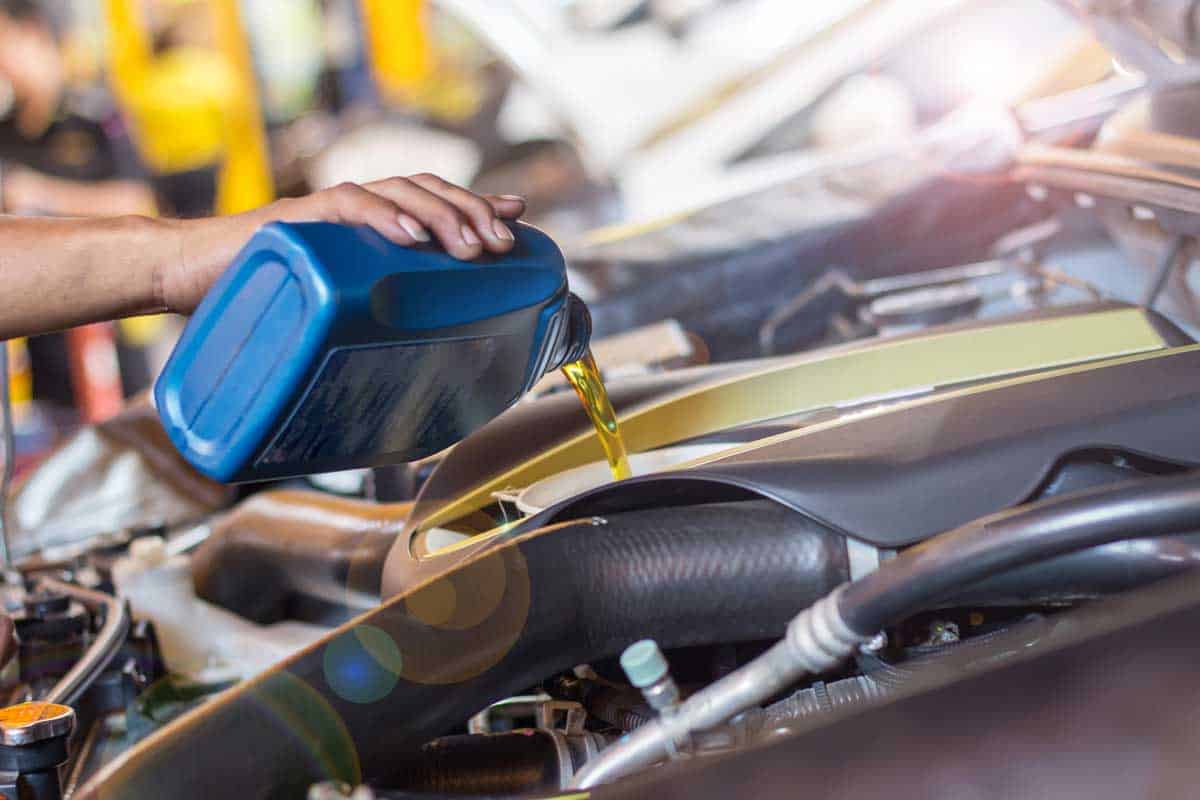
All moving parts are thoroughly lubricated by the engine oil, resulting in little wear and tear. It also retains dust, debris, and sediments, keeping them out of areas where they shouldn't be.
Check your oil levels once a month and top up if necessary. The manufacturer's recommendations for oil grade and change intervals apply.
The oil filter is equally vital since it removes all of the debris from the oil and prevents it from being recirculated back into the engine. This will keep your engine running smoothly and cool.
Always Check The Cooling System
Even though your car come a long way in terms of automotive engine efficiency, a lot of energy is lost in the form of heat during combustion. Metals and alloys, which make up your car engine, are not good buddies with heat.
Always make sure the tank has enough coolant because heat dissipation is critical. A 1:1 coolant to distilled water ratio is excellent.
On a hot sunny day, it's also a good idea to check the engine temperature gauge and shut your car down if it's close to overheating.
Clean Air Filters
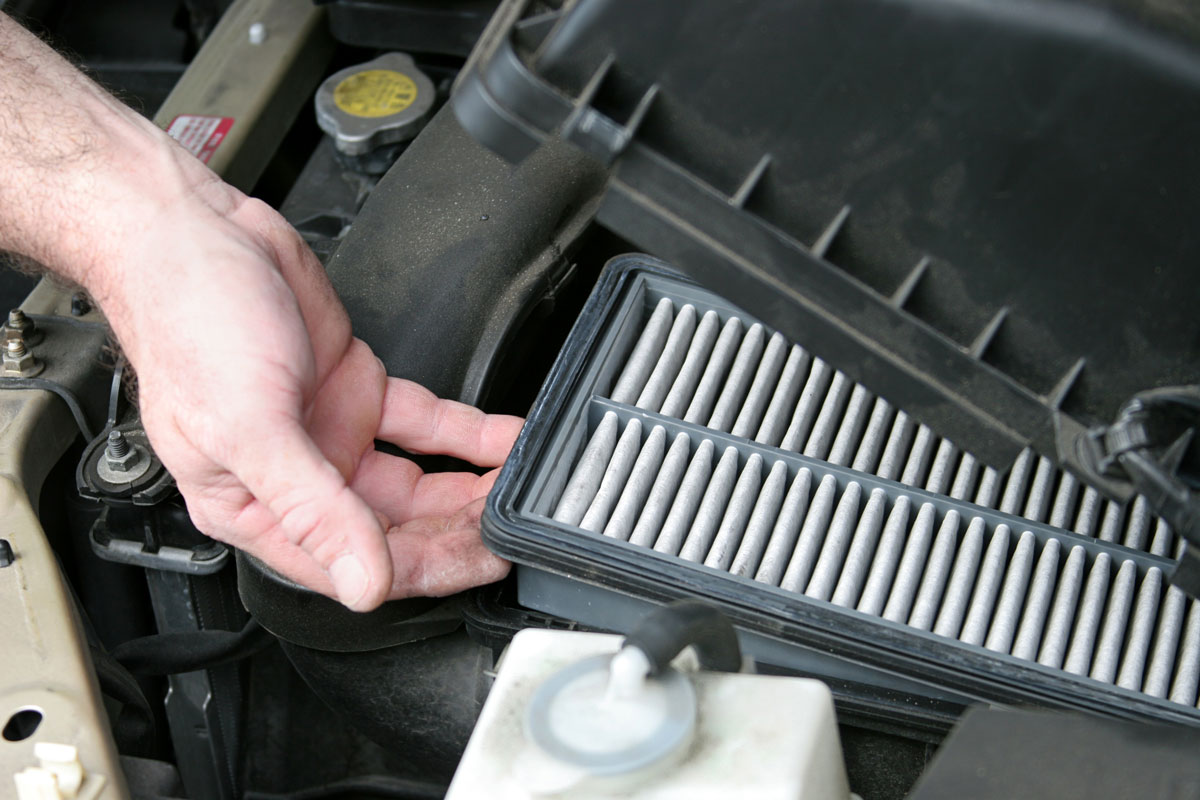
Your car's engine, like you, need oxygen. Because of the restricted airflow, the gasoline may not burn completely, resulting in increased pollutants and decreased mileage.
Check the air filter and get it cleaned or replaced if it appears to be clogged with dirt and debris. To perform properly and keep going, your engine needs to breathe properly.
Check For Leaks
Stop and inspect the parking area for any fluids on the ground as you pull out of the driveway. If the fuel is leaking, take it to the local mechanic for inspection.
You can also look beneath the hood to see if anything is leaking or smell it. When looking for leaks, keep an eye out for fluids like engine oil and antifreeze.
Don't Keep Driving On Reserve
Sediments in the gasoline settle to the bottom of your tank. Years of running will undoubtedly result in a layer of debris that should not reach the engine.
Running on low fuel draws this debris into the fuel pump, causing significant wear. Instead of hoping it doesn't make it to the engine, fill up your tank and save money on gasoline filter and pump maintenance.
Examine Your Belts
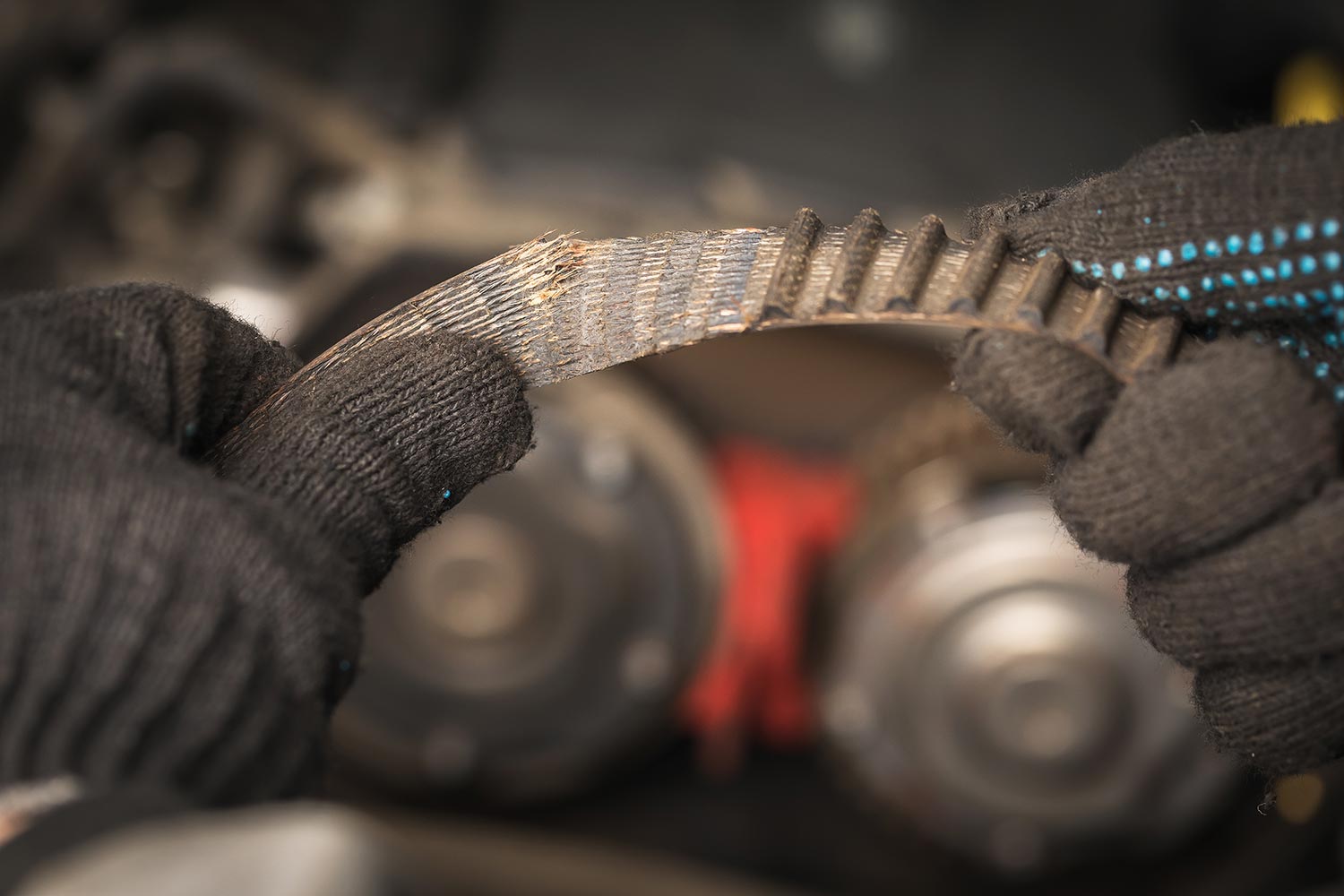
Rubber belts are necessary links in keeping an engine running smoothly. It's time to replace them if you hear a screech from beneath the hood. Even though belts last a long time, you should inspect them for cracks and signs of wear.
However, if they fail while the engine is operating, catastrophic damage to engine components might result.
Don't Disregard The Check Engine Light Sign
This light is your car's subliminal plea for assistance. Never ignore this and have your car evaluated by a local repair right away.
It's essentially a self-diagnosis system designed to keep your engine safe. It may not always be serious, but you'll never know unless you have it checked.
Regularly Replace Fuel Filter
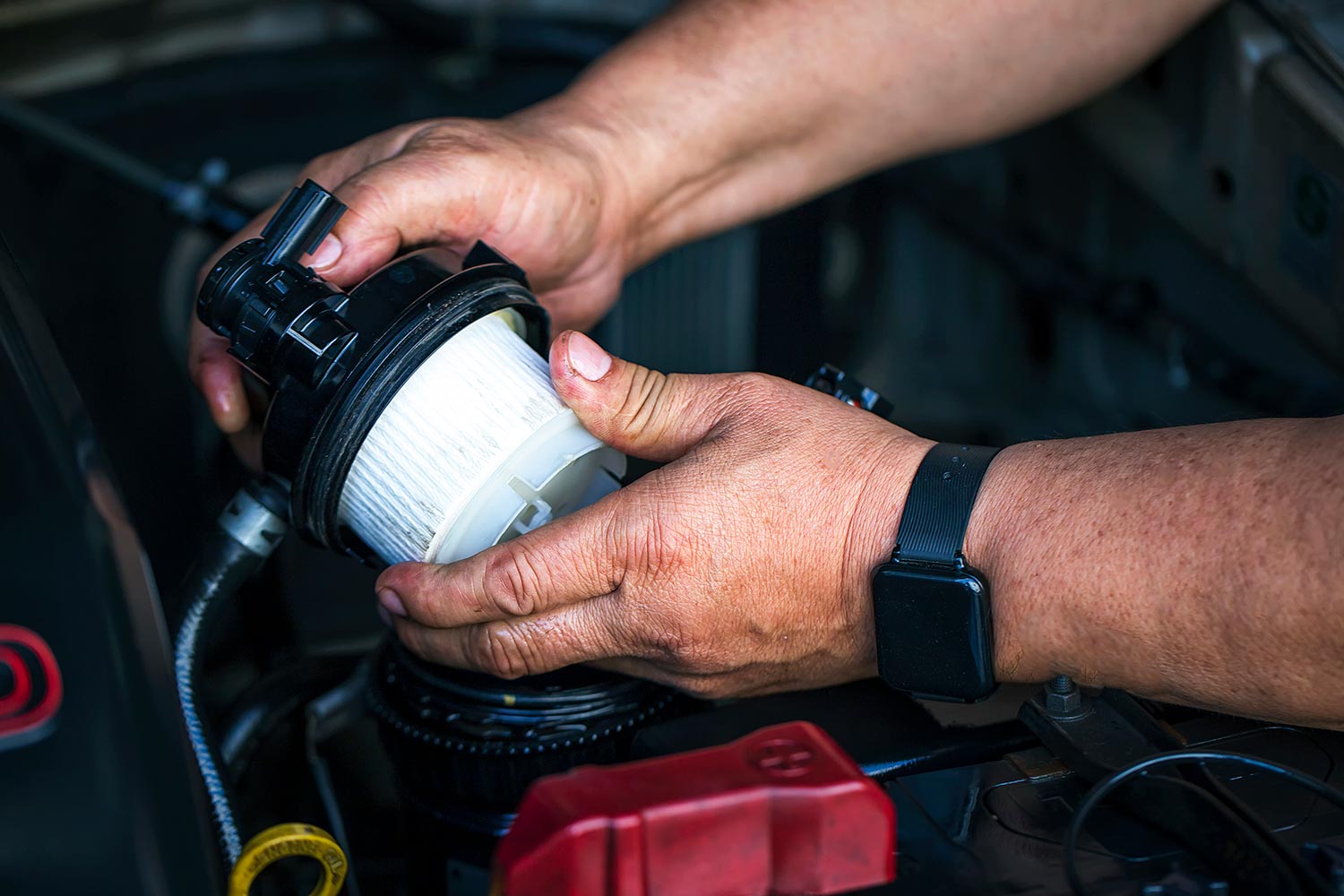
It functions similarly to an oil filter, but it filters garbage from the fuel, preventing it from entering the combustion chamber.
A fresh filter ensures that clean fuel flows freely to the fuel pump and engine. This prevents the engine from being clogged and quenches its desire for fuel.
Check And Replace Wires And Spark Plugs
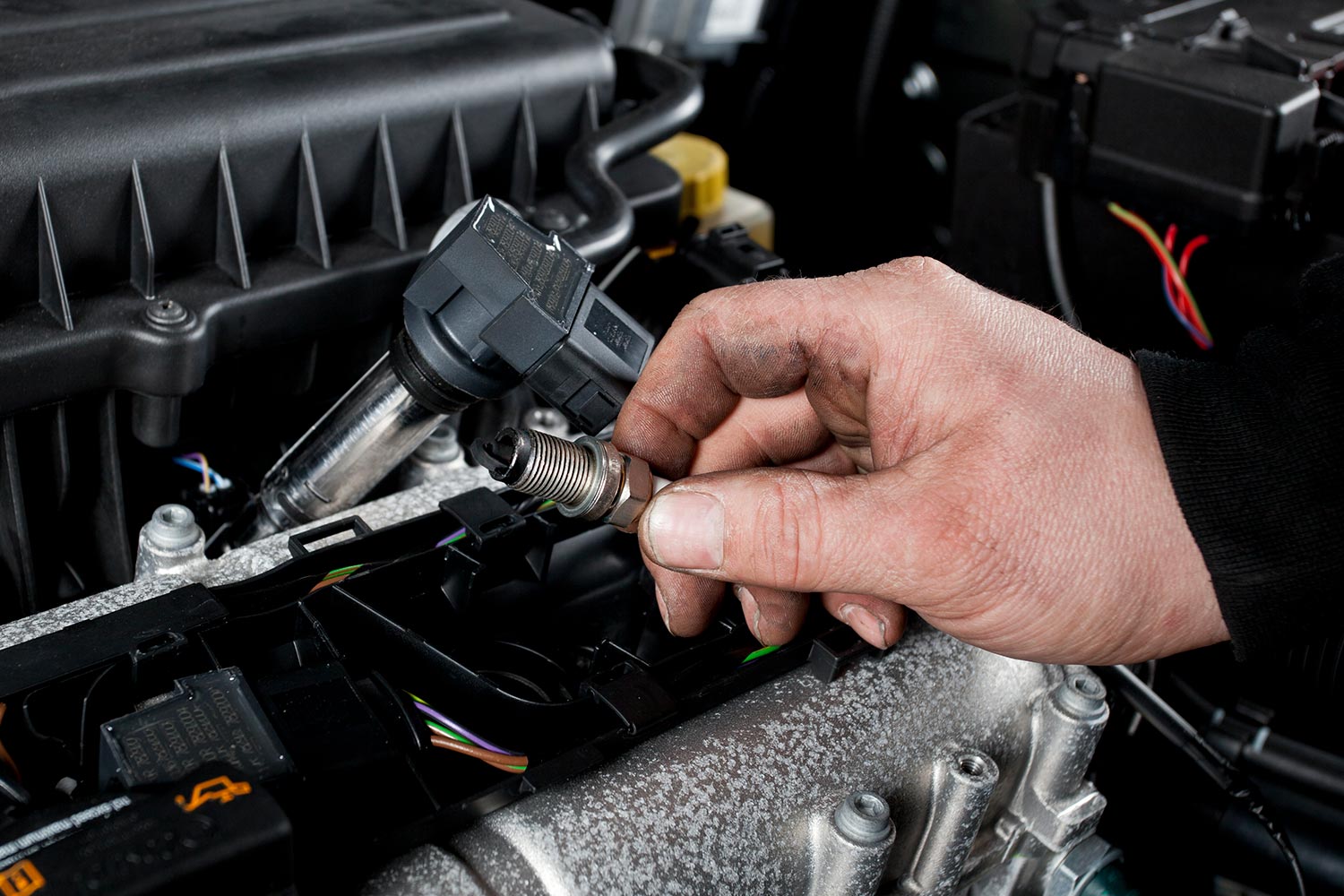
The spark plug is used to start a fire. It ignites the air-fuel mixture in the cylinders and, due to its long lifespan, requires little maintenance.
The engine's spark will be maintained with regular maintenance. They don't always need to be replaced. Cleaning can be quite beneficial because soot accumulates around the electrode over time.
Final Words
An engine is a vehicle's heart. It must run smoothly to keep your vehicle moving. It is critical to keep the engine in good working order.
Before you leave, you can check out these related articles on engine maintenance:
